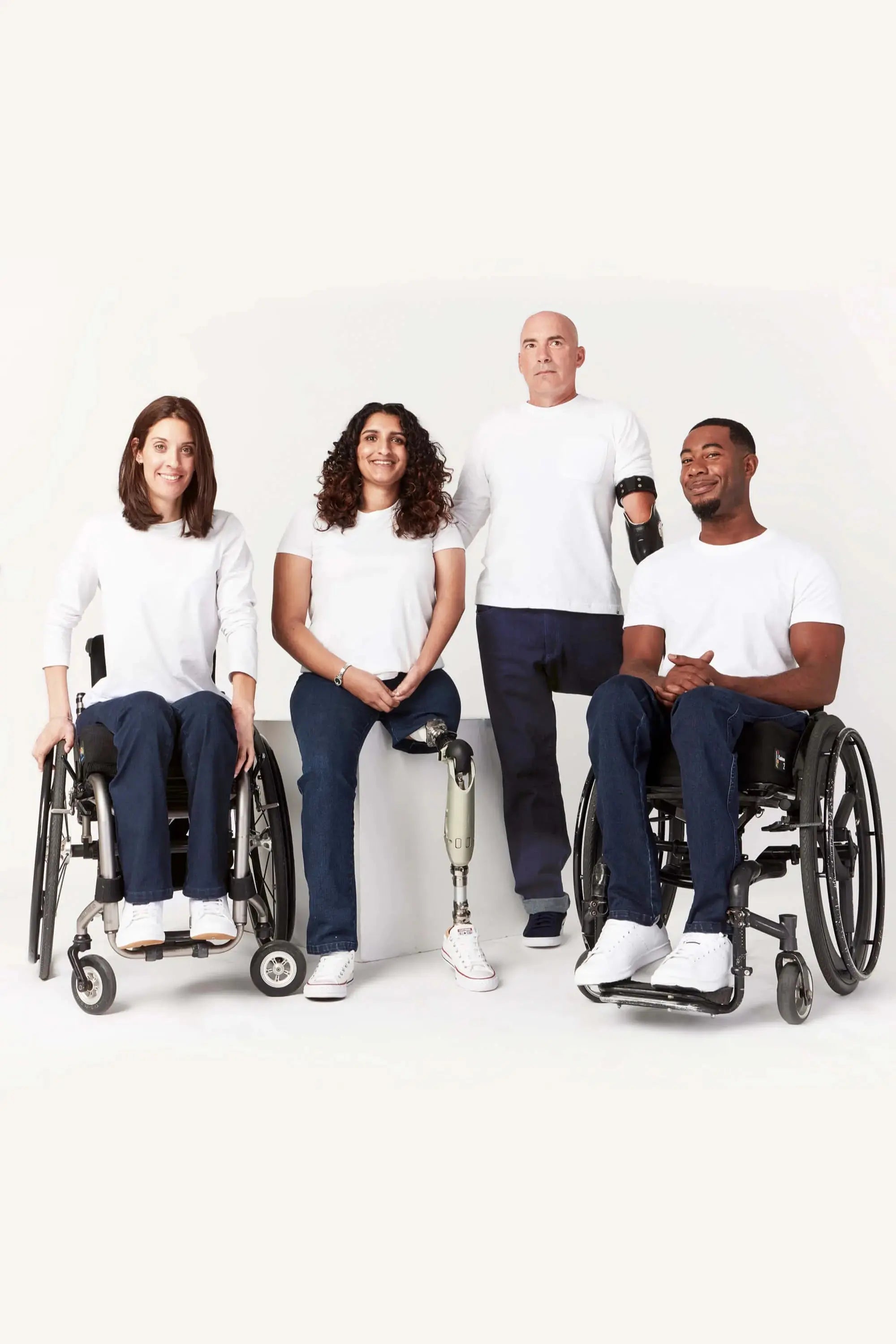Caring for a loved one with Alzheimer's disease poses various challenges, including assisting them with daily tasks like dressing. Alzheimer's patients may experience difficulties with cognition, memory, and motor skills, making the process of getting dressed more complicated. However, with patience, understanding, and some helpful strategies, caregivers can ensure their loved ones remain comfortable and maintain their sense of dignity. In this blog post, we will explore effective techniques for dressing Alzheimer's patients.
-
Simplify the wardrobe: When it comes to dressing someone with Alzheimer's, simplicity is key. Limit their choices by providing a wardrobe filled with comfortable and easy-to-wear clothing. Opt for garments with minimal buttons, zippers, or complicated fasteners. Elastic waistbands and Velcro closures can simplify the process and promote independence. Choose loose-fitting, breathable fabrics to maximize comfort and reduce irritation.
-
Establish a routine: Create a consistent dressing routine to help Alzheimer's patients feel more at ease. Choose a specific time and location for dressing and stick to it every day. Maintaining a predictable routine can provide a sense of structure and familiarity, reducing confusion and anxiety.
-
Break the process into smaller steps: Alzheimer's patients may become overwhelmed by the dressing process. Break it down into manageable steps and offer clear, one-step instructions to guide them. For example, start with socks, then move to pants or a shirt. Provide verbal cues or use visual aids, such as pictures or clothing sequencing charts, to help them understand the order of dressing.
-
Use visual and tactile cues: Visual and tactile cues can be incredibly beneficial for Alzheimer's patients. Lay out clothing in the order they should be put on, allowing them to see and touch each item before wearing it. Color coordination can also be helpful; use contrasting colors for different pieces to make them easier to distinguish.
-
Minimize distractions and noise: Reduce potential distractions and noise during the dressing process. Find a quiet and well-lit space where your loved one can focus without interruptions. Turn off the television or any other sources of noise that might cause confusion or agitation.
-
Provide assistance gradually: Encourage independence by allowing Alzheimer's patients to dress themselves as much as possible. Offer gentle guidance and assistance only when necessary. Start by providing help with difficult or delicate tasks, such as fastening buttons or tying shoelaces, and gradually reduce your involvement as their abilities allow.
-
Be patient and calm: Patience is crucial when dressing someone with Alzheimer's. Remember that their cognitive abilities may fluctuate, and they may become easily frustrated or agitated. Approach the dressing process with a calm and understanding demeanor, speaking in a soothing tone. Maintain eye contact and use positive reinforcement to help them feel supported and appreciated.
-
Respect their choices: While it is important to simplify the wardrobe choices, it is equally vital to respect the individual's preferences. Whenever possible, allow your loved one to select their clothing from the options available. Respecting their choices fosters a sense of autonomy and dignity.
-
Address sensory sensitivities: Alzheimer's patients may develop sensory sensitivities, so pay attention to their individual needs. If certain fabrics, tags, or clothing textures cause discomfort, opt for softer materials or tagless clothing. Take note of any preferences or sensitivities they express and accommodate accordingly.
Dressing an Alzheimer's patient requires patience, empathy, and a compassionate approach. By simplifying the wardrobe, establishing a routine, providing clear cues, and fostering independence, caregivers can create a dressing process that maintains the patient's comfort and dignity. Remember, each individual is unique, so adapt these strategies to suit their specific needs.



Leave a comment
All comments are moderated before being published.
This site is protected by hCaptcha and the hCaptcha Privacy Policy and Terms of Service apply.